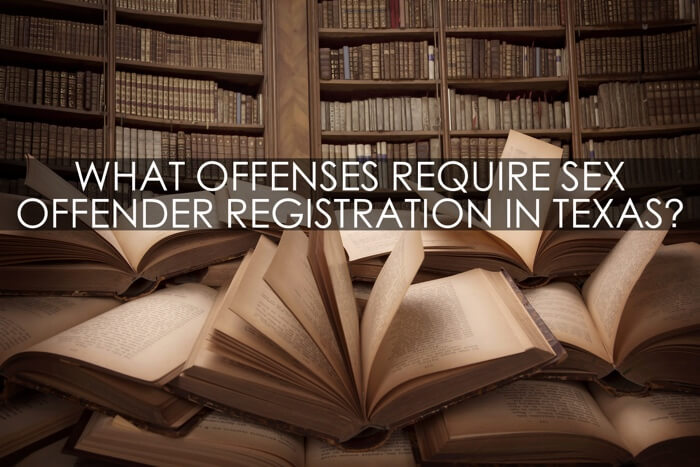
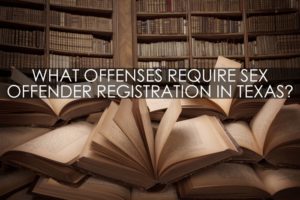 It’s no secret that there are certain offenses that require individuals to register themselves on the sex offender registry. However, what are those offenses? How long is a person required to register?
It’s no secret that there are certain offenses that require individuals to register themselves on the sex offender registry. However, what are those offenses? How long is a person required to register?
What Offenses Require Sex Offender Registration in Texas?
In Texas there are over 20 offenses that require registration as a sex offender. Additionally, registration could be required as a condition of parole, release to mandatory supervision, or community supervision. Further, even if a person was convicted for a crime outside of Texas you might be required to register as a sex offender if the elements of that offense are substantially similar to an offense under Texas law that requires registration.
Under the Texas Code of Criminal Procedure these are called “reportable convictions or adjudications.” Article 62.001(5) of the Code defines these to be a conviction or adjudication, which includes deferred adjudication, that is based on various offenses outlined in the section.
How Long Does a Person’s Duty to Register as a Sex Offender Last?
Many of the offenses requiring registration as a sex offender have a lifetime registration requirement but some have a “10-year” requirement. The 10-year requirement depends not only on the alleged offense but also on how the case is disposed. If the duty was based on an adjudication of delinquent conduct (defined by Tex. Fam. Code §51.03) then the duty to register ends on the 10th anniversary of the date on which the disposition was made or the date of completion of the terms of the disposition, whichever is later. If the duty is based on a conviction or deferred adjudication, then the duty to register ends on the 10th anniversary of the date the person is released from a penal institution, or is discharged from community supervision, or the court dismisses the criminal proceedings, whichever date is later.
Additionally, there is a 10-year requirement for persons, who would otherwise be subject to lifetime registration requirements, who were a juvenile at the time and their case was transferred to a criminal district court pursuant to Section 54.02 of the Texas Family Code. Tex. Code Crim. Proc. Art. 62.101(b). Under this requirement the duty to register ends 10th anniversary of the date the person is released from a penal institution, completed probation, or the date the court dismisses the charges against them, whichever date is later. Id.
Below is a chart that lists offenses requiring registration and the applicable time period the law requires a person to register.
Sex Offender Registration Requirements in Texas
| LENGTH OF REGISTRATION | SEXUAL OFFENSES |
|
Lifetime Registration See Tex. Code of Crim. Proc. Art. 62.101(a), 62.001(5), (6) |
|
|
10-Year Registration
See Tex. Code of Crim. Proc. Art. 62.101(c), 62.001(5) |
|
What Exactly Does the Duty to Register Require?
A person required to register must register with the municipality or county where they reside or intent to reside for more than seven days. Among other things the registration must contain the type of offense the person was convicted of, the age of the victim, and a recent color photograph of the person. Tex. Code Crim. Proc. Art. 62.051. If the person spends more than 48 hours in a different municipality or county three or more times in a month they must provide the local authority with certain information. Art. 62.059. In addition to registering, the person must comply with a request for a specimen of their DNA. Tex. Code Crim. Proc. Art. 62.061; Government Code §411.1473. Also, if the Department of Public Safety has assigned a person a numeric risk level of 3, public notice must be given of where that person intends to live. Art. 62.056. Further, there are restrictions on type of employment for certain registrants. Art. 62.063.*
As you can see there are many consequences that come with a conviction, deferred adjudication or adjudication for delinquent conduct for one of the above listed offenses and there are additional requirements that could be imposed depending on the particular alleged offense. These very specific requirements provided under the Texas Code of Criminal Procedure must be followed so that a person does not violate the registration requirements and face additional criminal consequences ranging from a state jail felony to a first degree felony. Art. 62.102. If it has been alleged that you committed one of these offenses, it can be extremely overwhelming but also important to understand what lies ahead for you. Contact our criminal defense attorneys today to ensure that you fully comprehend what is being alleged, what consequences could be attached, and what your options are in your specific situation. Additionally, contact us if you are currently required to register and have questions about what duties are required of you.
*Note this blog does not provide all requirements and additional requirements for certain offenses. To find all requirements see Article 62 of the Texas Code of Criminal Procedure.

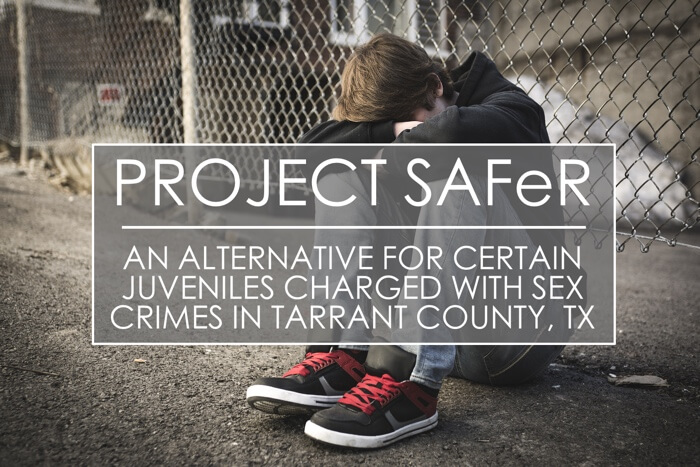
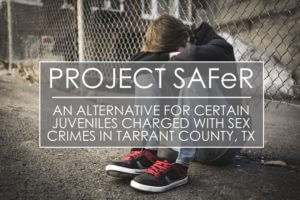 Imagine this: You receive a call out of the blue from a detective telling you that he is investigating your 11-year-old son for sexually touching your 6-year-old niece. How do you protect your young son who is being charged with Aggravated Sexual Assault of a Child? How do you choose between helping your son and helping your niece? Is there any way to get them both help without prosecuting your son? Will your son be labeled a sex offender for the rest of his life? Is there any way for your extended family to work this out?
Imagine this: You receive a call out of the blue from a detective telling you that he is investigating your 11-year-old son for sexually touching your 6-year-old niece. How do you protect your young son who is being charged with Aggravated Sexual Assault of a Child? How do you choose between helping your son and helping your niece? Is there any way to get them both help without prosecuting your son? Will your son be labeled a sex offender for the rest of his life? Is there any way for your extended family to work this out?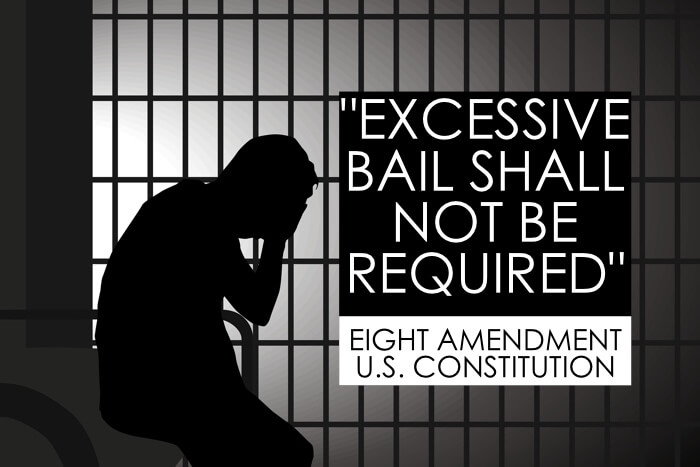
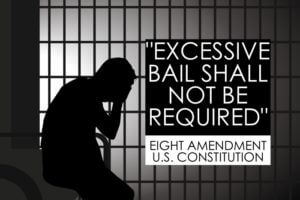 Just the other day, I read something written by one of our local mayors calling for bail reform because a certain person had been released on what she believed was an insufficient bail amount. This got me thinking about our system of bail in Texas and the real purpose behind the system. I doubt I’ll ever convince the mayor that we ought not to punish people before they’ve had their day in court, but I thought it best to lay out the history and purpose of bail in case she ever wants to know.
Just the other day, I read something written by one of our local mayors calling for bail reform because a certain person had been released on what she believed was an insufficient bail amount. This got me thinking about our system of bail in Texas and the real purpose behind the system. I doubt I’ll ever convince the mayor that we ought not to punish people before they’ve had their day in court, but I thought it best to lay out the history and purpose of bail in case she ever wants to know.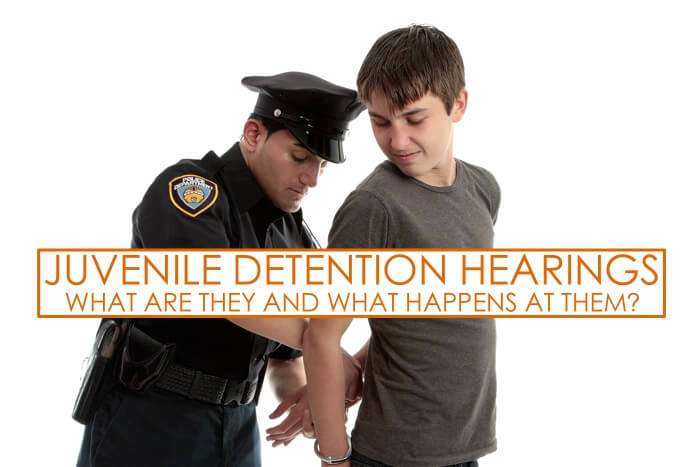
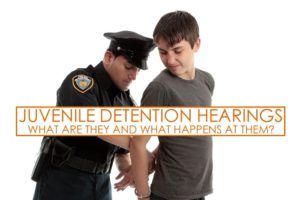 If a juvenile (a child between the ages of 10-16) is arrested, that person is taken to a juvenile detention center instead of jail. In the juvenile justice system, there is no such thing as bail. There is no amount of money a parent can pay to get their child out of detention. Instead, a detention hearing will be held. This article will explain what detention hearings are, why you need an attorney, and what happens during those hearings.
If a juvenile (a child between the ages of 10-16) is arrested, that person is taken to a juvenile detention center instead of jail. In the juvenile justice system, there is no such thing as bail. There is no amount of money a parent can pay to get their child out of detention. Instead, a detention hearing will be held. This article will explain what detention hearings are, why you need an attorney, and what happens during those hearings.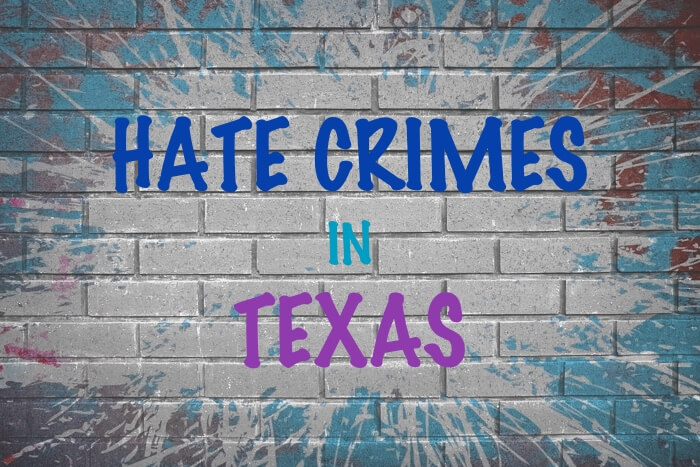
 One of the highest-profile hate crimes in the nation to occur in recent years involved
One of the highest-profile hate crimes in the nation to occur in recent years involved 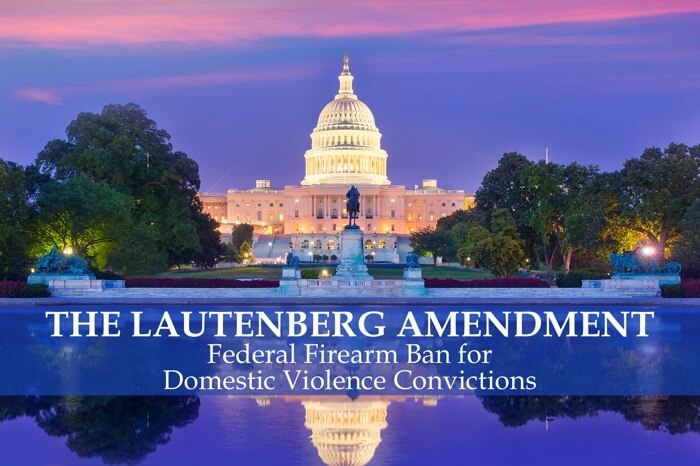
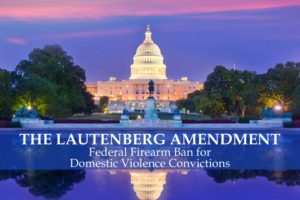 The Lautenberg Amendment to the Gun Control Act enacted in the Fall of 1996 provides that those with a conviction for a misdemeanor crime of domestic violence cannot use, possess, or transport a firearm or ammunition.
The Lautenberg Amendment to the Gun Control Act enacted in the Fall of 1996 provides that those with a conviction for a misdemeanor crime of domestic violence cannot use, possess, or transport a firearm or ammunition.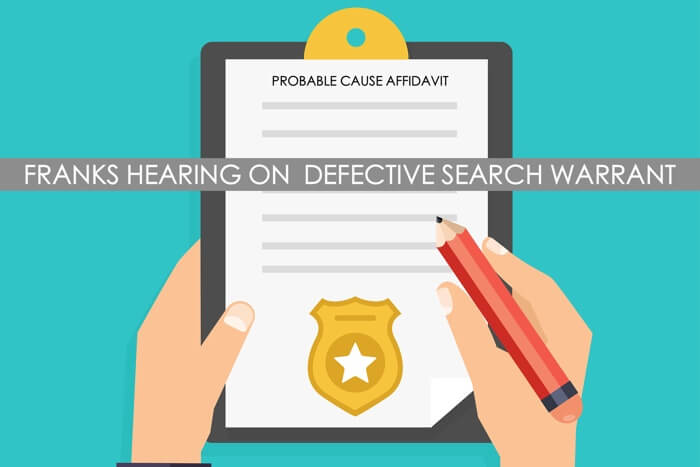
 Evidence obtained by a valid search warrant can be used at trial. But what if the search warrant was based on information provided by a third party who later recants the information he provided? Further, what if law enforcement mischaracterized the evidence when presenting it to the magistrate in the application for the warrant? What legal remedy, if any, exists to support defendants who find themselves in this situation? The Fifth Circuit heard United States v. Minor in August, this article summarizes the Court’s surprising holding.
Evidence obtained by a valid search warrant can be used at trial. But what if the search warrant was based on information provided by a third party who later recants the information he provided? Further, what if law enforcement mischaracterized the evidence when presenting it to the magistrate in the application for the warrant? What legal remedy, if any, exists to support defendants who find themselves in this situation? The Fifth Circuit heard United States v. Minor in August, this article summarizes the Court’s surprising holding.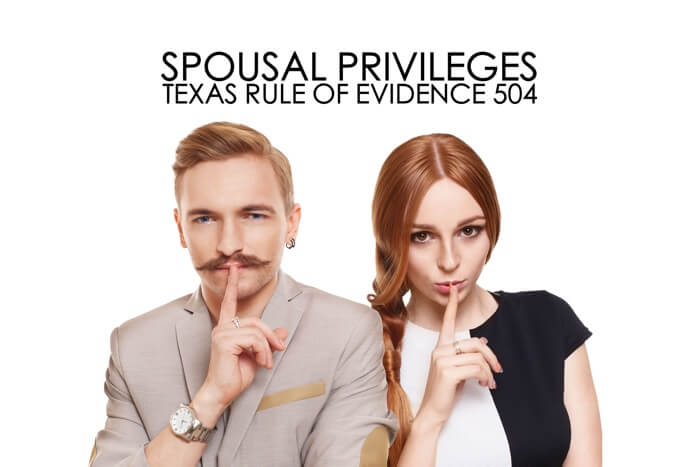
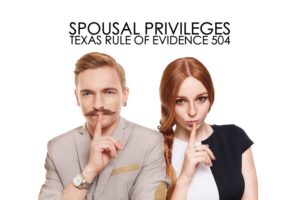 Everyone knows (or should know) of the attorney-client privilege which prohibits the calling of an attorney to testify as a witness against his client and protects the attorney-client relationship. But what about the husband-wife relationship? Are spouses afforded any protection from having their spouse testify against them in a criminal trial?
Everyone knows (or should know) of the attorney-client privilege which prohibits the calling of an attorney to testify as a witness against his client and protects the attorney-client relationship. But what about the husband-wife relationship? Are spouses afforded any protection from having their spouse testify against them in a criminal trial?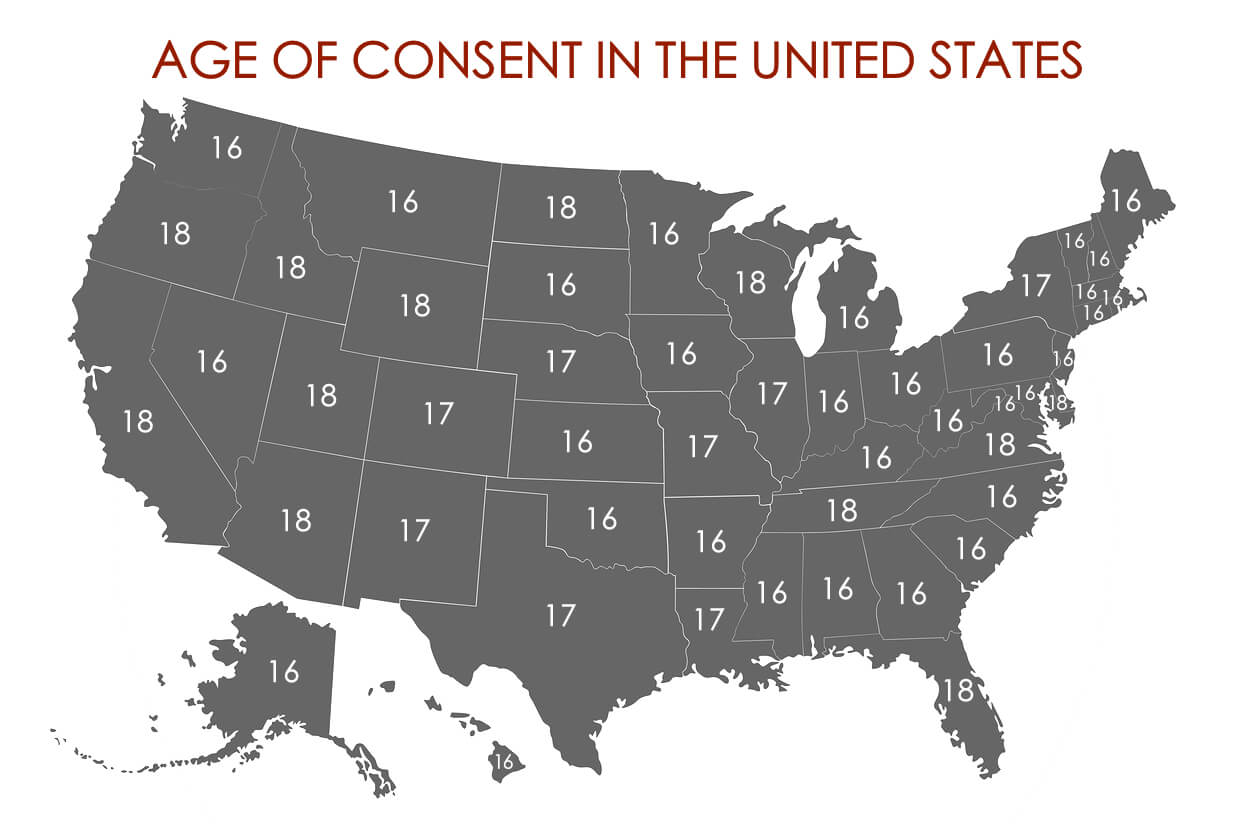
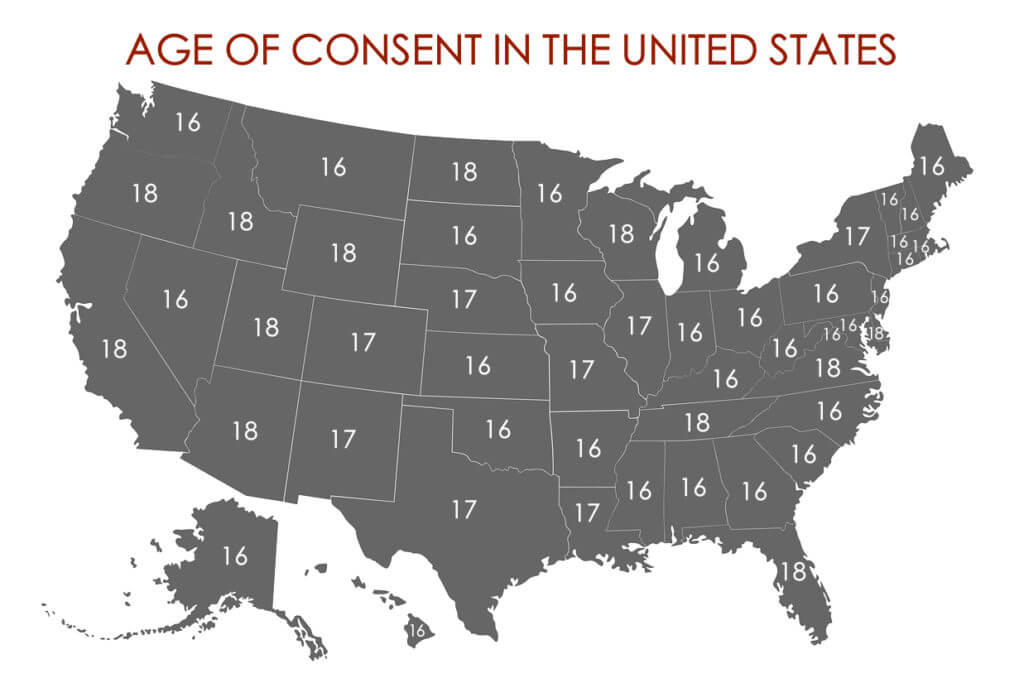
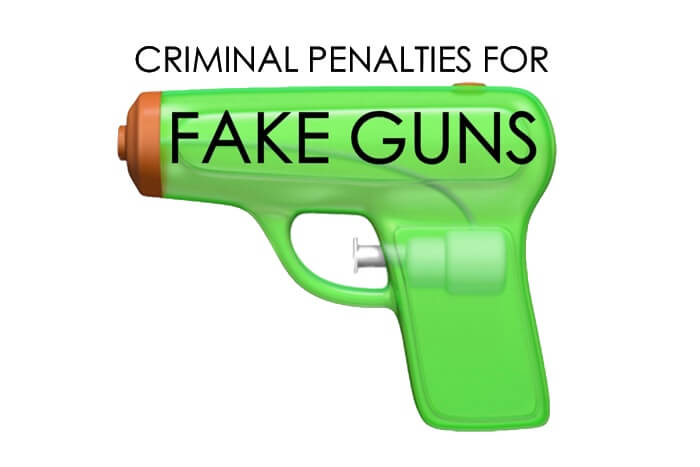
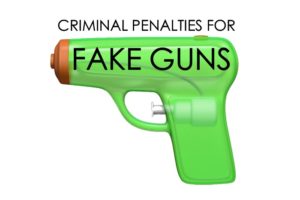 In the wake of the recent rise in gun violence, Apple made a big announcement last week that the
In the wake of the recent rise in gun violence, Apple made a big announcement last week that the 





